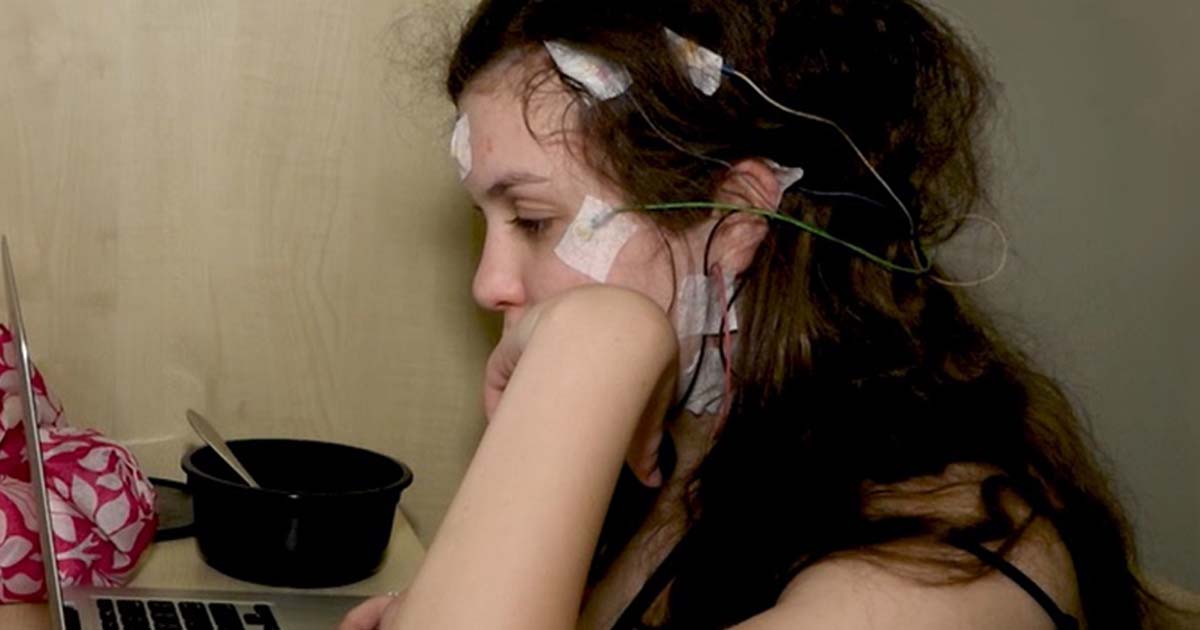The Woolcock Institute of Medical Research

Narcolepsy in Australia – problems and solutions
People with narcolepsy and related conditions are frustrated by the standard of healthcare they receive in Australia. With good reason. Although Australia boasts a first-class healthcare system, our approach to narcolepsy management is 'manifestly inadequate', according to a group of medical experts working to improve narcolepsy treatment and management in Australia.
"I hope that the work we are doing with patients, families, pharmaceutical companies, governments and researchers can improve the lives of anyone who has this debilitating disease," says Dr Sheila Sivam, a respiratory and sleep physician at the Woolcock Clinic.
What is narcolepsy?
Narcolepsy is a chronic condition characterised by excessive daytime sleepiness and uncontrollable bouts of sleep. It is caused by an inability of the central nervous system to appropriately regulate wakefulness and sleep. For more about narcolepsy, see our Narcolepsy Clinic page.
Narcolepsy can be diagnosed and treated successfully. So why are people with narcolepsy so frustrated by the standard of healthcare in Australia? What are the problems? And what are the solutions?
The problems
Access to medications is sub-standard
Prescribing restrictions, the cost of medications and the absence in Australia of treatments available overseas means that narcolepsy management in this country is behind the times.
- Prescription options are restricted: Even though medical guidelines (Therapeutic Guidelines, eTG) state that stimulants and wakefulness promoters are equally valid 'first line' drug options, the Pharmaceutical Benefits Scheme (PBS) requires stimulants to be used as a 'first line' option, and wakefulness promoters only as a 'second line' option. This unnecessarily restricts treatment options for doctors and patients.
- Medications are prohibitively expensive: Some medications are not available on Australia's PBS, which makes them expensive. For example, short-acting sodium oxybate is a first line medication used in countries overseas. Although the drug is available in Australia, it isn't included on the PBS, so can cost a patient $15,000 to $22,000 per year, putting it out of reach for many people.
- New treatments are not available: Even though new medications are being used overseas to successfully treat narcolepsy, approval for a new medication in Australia is challenging when there is insufficient evidence on the number of people suffering from narcolepsy and related conditions, and if a medication can be used for other diseases.
Information is poor
There is currently no data registry for narcolepsy or idiopathic hypersomnia in Australia. We simply don't know how many Australians have these conditions. (Based on European, North American and Japanese databases, the prevalence of narcolepsy is probably between 25 to 50 cases per 100,000 people).
As a result of the lack of information, It is difficult to determine the financial viability of medications, and it's challenging to gain PBS approval for new medications.
Treatment needs to be more multidisciplinary
Narcolepsy often occurs alongside other conditions, including neuropsychiatric, metabolic and autonomic disturbances, and parasomnias. It's therefore important that a person's diagnosis and treatment be 'multidisciplinary' – that experts from a range of medical specialties are involved in a patient’s management to get the best possible outcomes.
Patients often complain that it takes too long to be diagnosed with a narcolepsy-related condition.
"Sometimes it can take up to five to ten years before a patient is diagnosed with narcolepsy," says Sheila. "Patients explain that they often have to go from one doctor to another, to get properly diagnosed.”
"We desperately need to develop models of multidisciplinary care that can ensure people are not faced with misdiagnosis, delayed diagnosis and ineffective treatment."
The solutions
Sheila is a member of a special subcommittee of the Australasian Sleep Association (ASA) that's working on fixing the problems with narcolepsy management in Australia and New Zealand. The subcommittee has made a number of recommendations to state and federal governments, many of which have already been implemented into better policies and practices.
But there is still so much more to do.
"The most pressing need is for people with narcolepsy to be able to access the best medications for them," Sheila says. The subcommittee is calling on the Department of Health to work alongside clinicians, patient advocacy groups and pharmaceutical companies to promote access in Australia to medications that are already available overseas.
The subcommittee is also calling for government and private funding to establish a national data registry and national reference centre for narcolepsy.
These and other key recommendations were set out in a recent paper in the Medical Journal of Australia, Narcolepsy management in Australia: time to wake up.
"We will continue to push for these and other changes," says Sheila. "Together, I so hope we can achieve the changes needed to align ourselves with other first-class health services around the world. Our patients with narcolepsy, idiopathic hypersomnia and other hypersomnolence disorders definitely deserve this, and nothing less!"
Find out more
- Our Narcolepsy Clinic
- Find out more about Sheila and how to book an appointment with her
- More news from our sleep research










